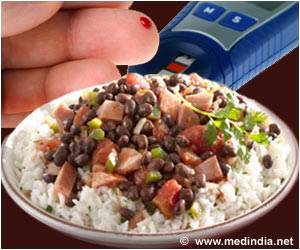Festivals are celebrated as a symbol of joy, gratitude or commemoration of any historic event. Lohri/Baisakhi/Sankranthi or Pongal (as it is known in Tamilnadu), is one such festival with unique regional significance. The festival is celebrated all over India mainly in the rural areas and has different names in each region.
Festival of harvest
As agriculture is the major occupation of India, the produce of the cultivation is notable as a festival lasting for four-days. The farmers offer their first produce of the year to the sun God and share the joy with their families, also giving tribute to the cattle, which helped in farming. In the more urban cities, we remember the hardships that go into farming and thank God for the food we get. Almost all the states of India celebrate the harvest festival with bonfires, feasts, singing and dancing as the main festivities.The four-day fiesta
The farmers celebrate their harvest as a festival, very similar to the thanksgiving in the West. The name of the festival is derived from a dish, which is prepared to mark the celebration. It is a rice pudding made from freshly harvested rice, milk and jaggery.Sharing sweets and feasts with the family marks the beginning of the four-day long celebrations. The second day is dedicated to worship the sun God for granting the gift of light for crop growth and so the grains and the harvest are offered. The cattle help in ploughing the land and make it suitable for farming so it is remembered during the harvest. The cattle, mainly the cow is bathed and offered fodder. The fourth day is spent by visiting near and dear ones to share the joy of the festival and as a sign of respect.
Traditional food habits
The festival is a colourful concoction of traditional food that has been brought down from our ancestors; mostly what they grew in their fields and gardens. A wide variety of millets were preferred for breakfast and rice was very occasional. Moreover, the rice was hand-pound, which was way more nutritious than milled rice though it took longer time to be cooked. Jaggery or honey was used as sweeteners. Fruits, vegetables were mostly grown in their gardens with natural fertilisers. Ghee and gingelly oil were preferred and used instead of vegetable oils and butter. Everything was homemade and healthy. Moreover, cooking was done in pots of sand or iron, which added to the nutrient content of the food. So when it comes to festivals, the same has been followed. The women spent most of their time in cooking and gardening and to be lived healthier with fewer diseases.We have a choice
Obviously it is not possible for us to practise the same but we can choose to adopt a few of their food habits, which may benefit our health. Make use of brown rice, jaggery, millets, pulses, which is available in the market. Rice is one of the most nutritious foods as it contains fibre, protein, iron, B vitamins, zinc, magnesium and selenium. Millets contain detoxifying agents like Quercetin, curcumin, ellagic acid, and various other beneficial catechins that promote proper excretion and neutralize enzymatic activity.Including fruits and vegetables in our daily diet, reduces the risk of heart disease, type II diabetes, maintains healthy weight and keeps cancer at bay.










